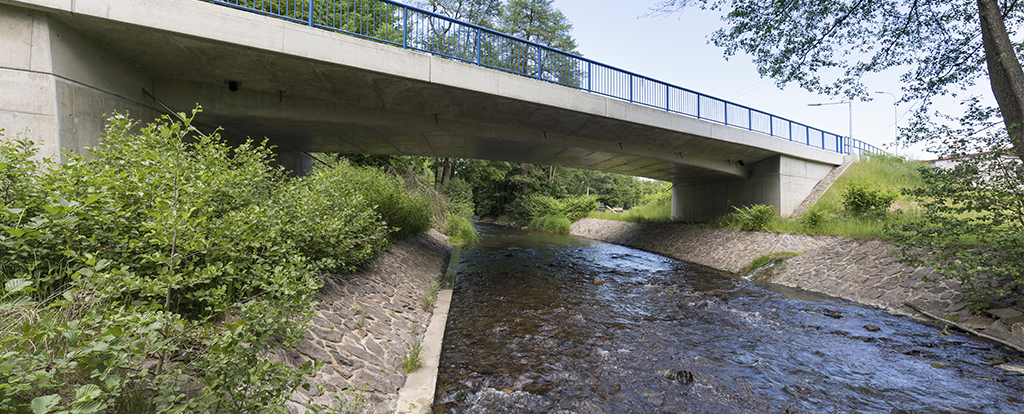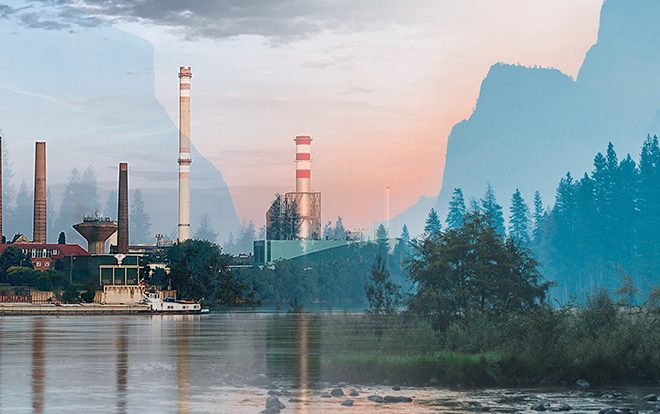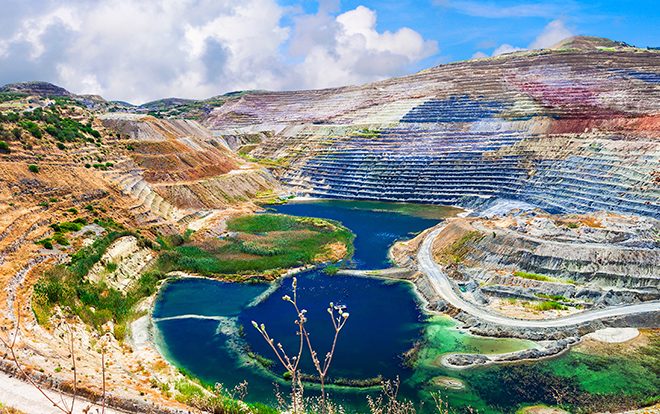Hydrogeomorphology: Conciliating Infrastructures and Dynamic Hydrosystems
Watercourse and bank management has developed considerably in recent decades. It used to be common practice to linearize some watercourses and backfill flood zones to make them buildable. Today, we understand that watercourses and banks follow a natural adaptation process shaped by different control variables. For example, watercourses constantly adjust to changes in flow and slope, as do the active banks along the St. Lawrence River that are eroding while other areas accumulate sediment.
“Even though our understanding of these phenomena continues to improve, the use of mass rockfill to protect the backshore is sometimes still a necessary evil. We have to continue to protect existing roads or buildings that perhaps should not have been built in those locations. We have no choice but to deal with the decisions of the past. That said, we now also have techniques that are more in phase with natural processes.” – Anne-Marie Leclerc, hydrogeomorphologist, M.Sc., geography, Sept. 2024.
Hydrogeomorphology is a constantly developing science. Although rockfill or protection walls are still sometimes needed to protect infrastructure such as roads or buildings, it is crucial to understand natural processes. This approach helps reconcile infrastructure protection with better ecosystem management. In-depth and ongoing analysis of the phenomena of erosion, accumulation, submersion and mobility in water environments is more important than ever in the context of climate change. UQAR researcher Thomas Buffin-Bélanger recently wrote a brilliant historical review of the field since the 19th century and offers a close analysis of scientific publications in Québec in recent decades.1
“Mentalities change. And we are proud to be part of that change. Personally, I have been waiting for it since the beginning of my career.” – Anne-Marie Leclerc, hydrogeomorphologist, M.Sc., geography, Sept. 2024.
Watercourse or bank “disturbances” are becoming an increasing source of negative interactions between water environments and the built environment. By way of example, a watercourse overflows its bed and carries off a bridge and the recreational vehicles at a campsite; a storm strikes Eastern Québec and some residents lose 10 m of the bank in front of their homes in just a few days. It is more important than ever to understand the processes of erosion, accumulation, submersion, and flooding, as well as the lateral and vertical mobility of these environments. This is where the value of the hydrogeomorphological approach becomes clear, and the best solution is sometimes to build further away from the water environment.
“As a geomorphologist working in engineering-consulting since 2009, I have been able to see how some big owner-organizations like the Ministère des Transports et de la Mobilité durable du Québec (MTMD) have started taking more and more interest in sedimentary dynamics and channel migration.” – Anne-Marie Leclerc, hydrogeomorphologist, M.Sc., geography, Sept. 2024.
Hydrogeomorphology, a field at the crossroads of the hydraulic, sedimentary and morphological sciences, is the cornerstone of this understanding. This knowledge is brought to life in projects such as the construction of Highway 85 in Témiscouata, where several design and monitoring stages were carried out. In 2018, an analysis was conducted of the spatial and temporal changes in the Verte River and the Bleue River, to assess bridge design based on the migration of the watercourses.
Thanks to these studies, commissioned by the MTMD and other partners, stretches of certain minor watercourses were redeveloped, based on an enhanced understanding of the adaptive shapes of the rivers. The collaboration and analyses led to the more effective integration of natural dynamics in the road infrastructure projects, even before the Regulation respecting the regulatory scheme applying to activities on the basis of their environmental impact (RSABEI) came into effect in 2021.
The introduction of the RSABEI defined the triggers for issuing an “opinion on possible movement” of a watercourse and encouraged the standardization of practices. The Ministère de l’Environnement, de la Lutte contre les changements climatiques, de la Faune et des Parcs (MELCCFP) also issued guidelines for professionals. The methods and requirements may be further tightened to improve consistency among the various approaches, however.
A team of experienced or appropriately trained environmental professionals and engineers may be considered competent to provide an opinion on possible movement or respond to occasional hydrogeomorphological issues in various projects. These competent professionals would be accompanied, if necessary, by landscape architects, to include more and more phytotechnologies, or by hydraulics engineers for projects involving the redevelopment and stabilization of watercourses.
Each new project represents a concrete opportunity to advance mentalities in this field. The solutions implemented today blend respect for the environment with innovation, bolstering the pride of all the professionals involved in this transition to more sustainable practices.
Reference:1 Trajectoires et visées de l’hydrogéomorphologie au Québec.





